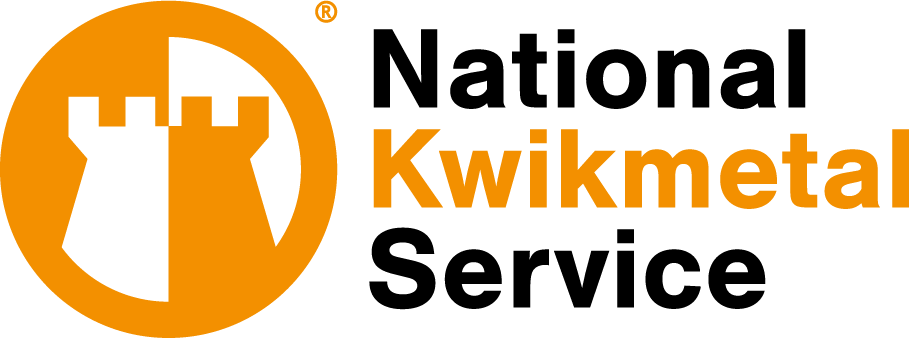
Type 430 Stainless Steel is a low carbon ferritic stainless steel which, in mildly corrosive environments or atmospheric exposures, has corrosion resistance approaching that of some nickel-bearing stainless steels. This alloy is oxidation resistant at elevated temperatures. Type 430 is ductile, does not work harden readily, and can be formed using a variety of roll forming or mild stretch bending operations as well as the more common drawing and bending processes. Type 430 is ferromagnetic.
ASTM A240
| Element | Type 430 |
| Carbon | 0.12 max. |
| Manganese | 1.00 max. |
| Sulfur | 0.030 max. |
| Phosphorus | 0.040 max. |
| Silicon | 1.00 max. |
| Chromium | 16.0 – 18.0 |
| Nickel | 0.75 max. |
| Type | Yield Strength 0.2% offset (KSI) | Tensile Strength (KSI) | % Elongation (2″ Gauge length) |
| 430 Ann | 30 min. | 65 min. | 22 min |
| Density (lb./ in^2) @ RT | 0.278 | |
| Modulus of Elasticity in Tension (psi x 10^6) | 29.0 | |
| Specific Heat (BTU/o F/lb.) | 32 to 212 F | 0.11 |
| Thermal Conductivity (BTU/hr/ft^2/ft) | 212 F | 13.8 |
| 932 F | 15.0 | |
| Mean Coefficient of Thermal Expansion (in. x 10^-6 per o F) | 32 to 212 F | 5.7 |
| 32 to 932 F | 6.2 | |
| Electrical Resistivity (micro ohms – cm) | at 70F | 60.0 |
| Melting Point Range (oF) | 2600 – 2750 | |
| Oxidation Resistance – Continuous Service(oF) | 1500 |
Type 430 should be annealed at 1450-1550ºF and furnace cooled at a rate of 50°F per hour to 1100°F and air cooled. If the annealing temperature does not exceed 1450°F (790°C), an air cool may be substituted for the furnace cool when annealing thin sections.
Type 430 is readily drawn and formed. Its drawing characteristics are similar to those of low-carbon steel, although it is stronger in the annealed condition and will require stronger tooling and increased power.
Type 430 is generally considered to be weldable by the common fusion and resistance techniques. Special consideration is required to avoid brittle weld fractures during fabrication. When a weld filler is needed, AWS E/ER 308L and 430 are most often specified. Corrosion: This alloy is resistant to attack in a wide variety of corrosive media including nitric acid, and many organic acids.
Download This Information
Phone: 847-257-6570
Phone: +52.811.6363844
Phone: 615-793-4700